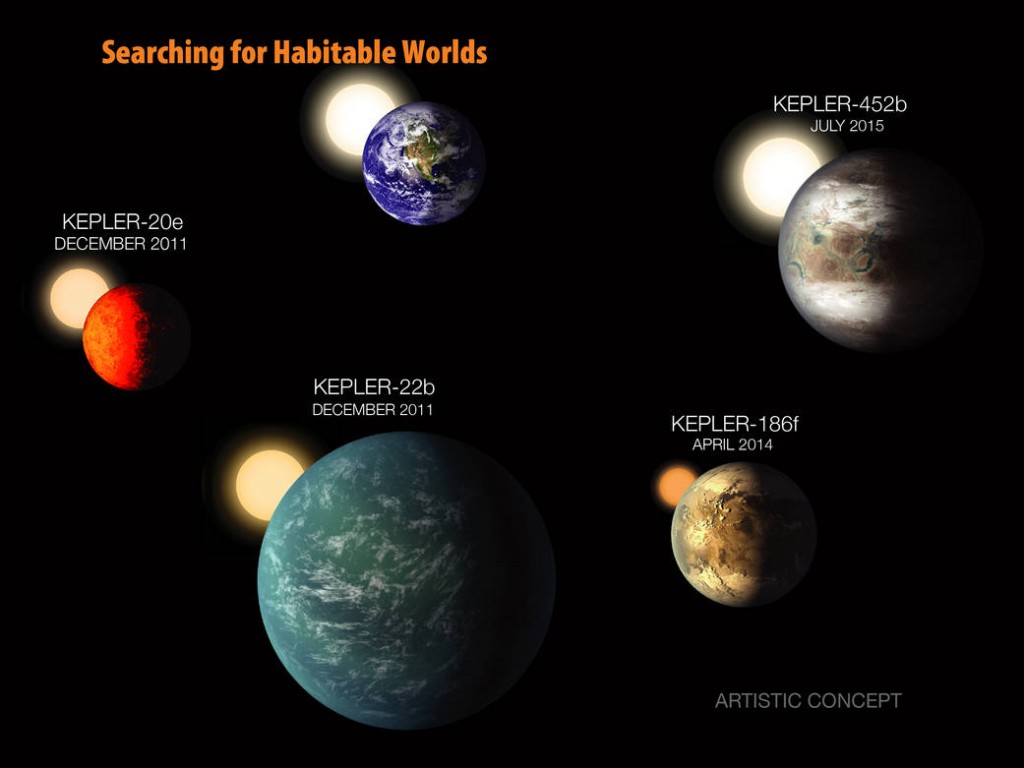The tool has been developed by measuring the surface gravity of far away stars, too far to study, using conventional methods.
If stars had solid surfaces on which you could stand, then your weight would change from star to star.
“The size of an exoplanet is measured relative to the size of its parent star”, said study co-author Jaymie Matthews, from UBC.
“If you find a planet around a star that you think is Sun-like but is
actually a giant, you may have fooled yourself into thinking you’ve
found a habitable Earth-sized world”, Matthews said. Matthews mentioned
that there is nobody who wants to be The Boy Who Cried Earth and has to
say “Never mind My bad” later on. The gravity is necessary for
determining whether the planet orbiting around the host star can support
life on its surface.
But considering that there are more than a dozen billion stars and
planets surrounding us which we haven’t even explored it’s obvious that
there is a high probability that we will find quite a few habitable
planets and who knows, maybe even alien life which exists on that
planet.
This new method will help prevent false identifications of Earth-like planets at great distances because it will immediately offer a number of clues that show what type of star is being viewed. Other factors can also be found through this technique such as those stars’ mass and radius, as the gravity of any planets depends on the mass and radius of those planets. “Convection in the gas can trigger vibrations in the star”.
By applying this formula to distant stars, the team was able to measure the variations in brightness in direct correlation with their surface gravity.
The details of the newly developed autocorrelation time scale technique appeared in a recent edition of the journal Science Advances.
We have demonstrated that the typical time scale of the combined granulation and oscillation variability is a reliable tracer of stellar surface gravity for stars with masses 0.8 to 3 times the mass of the Sun across a wide evolutionary range-from main sequence stars with granulation time scales of minutes to hours to red giants with granulation time scales of days, including luminous red giants with time scales of weeks. This will no longer be the case because the autocorrelation technique will portray the size of the planet, as well as a better reading of its temperatures in order to discern if the exoplanet is capable of housing oceans.
Since many stars, spotted by NASA’s Kepler mission, are too distant and too faint that even their basic properties can not be measured accurately. Not too hot, not too cold, but just right for liquid water oceans and maybe life.
Future exoplanet surveys will need the best possible information about the stars they search, if they are to correctly characterise any planets they find.


No comments:
Post a Comment